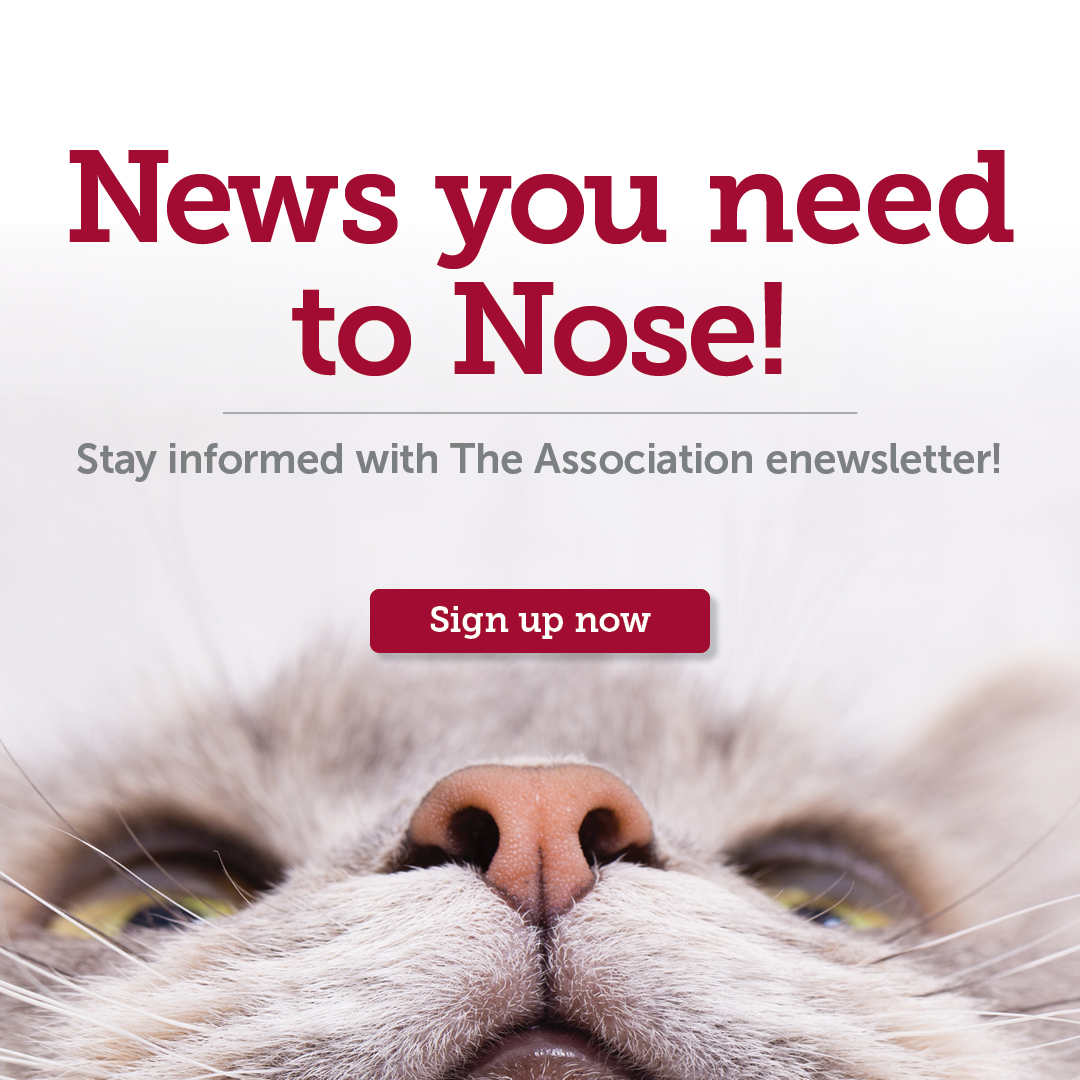News, ideas & inspiration from industry leaders

3 Ways to Help Elevate BIPOC Voices
In our latest podcast, guest host Jorge Ortega, Director, Guilford County Animal Services, hosts CARE President James Evans and Best Friends’ José Ocaño, Senior Director of People and Culture, in a conversation exploring ways in which the animal welfare profession can make space for marginalized voices. Here are some top takeaways from that convo—we hope they inspire you to listen to the complete podcast.
Evaluate
How to begin making space for BIPOC voices? Leadership can dig into the data. “One first step,” shares Ocaño, “is to do an evaluation of your diversity dimension.” What is the actual make-up of your board? Your staff? He also urges you not to overlook your applicant pool. “You may be surprised to see many diverse candidates, and you may be filtering them out” via factors such as education levels and work experience.
Make a Site Visit
“When you go to animal welfare websites,” says Evans, “you often don’t see people of color in leadership. But we do often see people of color when they are receiving a service connected with being underserved, such as free pet food, free spay/neuter.” What’s happening on your homepage (and every other page on your website)? Take care to feature people of color in your inspirational stories of volunteers and staff helping others.
Pass the Mic
If you are white and in a leadership role, “use your power to bring unrealized voices to the table,” says Evans. Know that marginalized people are taught to remain quiet, so be aware of how much air space you are taking up—pass that mic and help others assume the power they should have. (This also means ensuring folks get properly credited for their ideas.)
Learn More
DEI Roundtable: 4 Top Takeaways
DEI: 4 Quick Tips To Get Your Org Started
On-Demand Webinars: DEI Training Package


